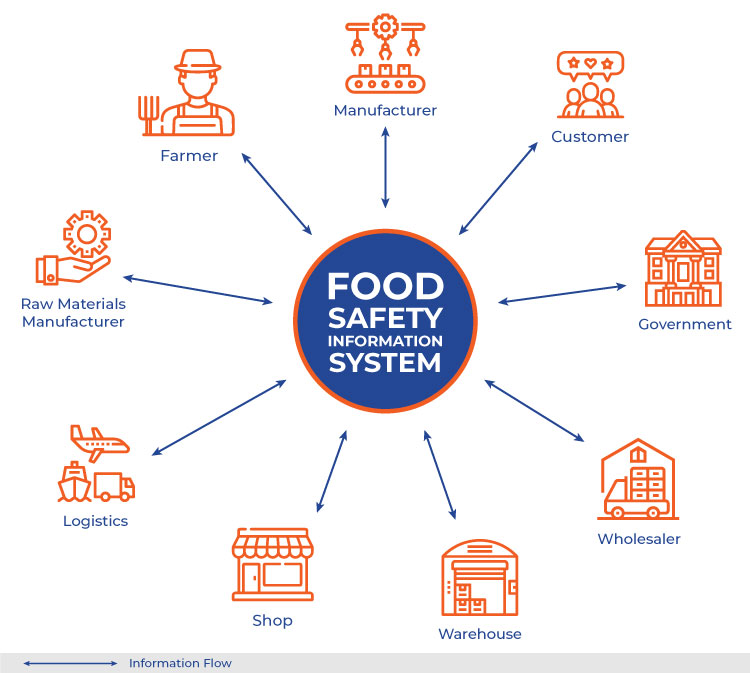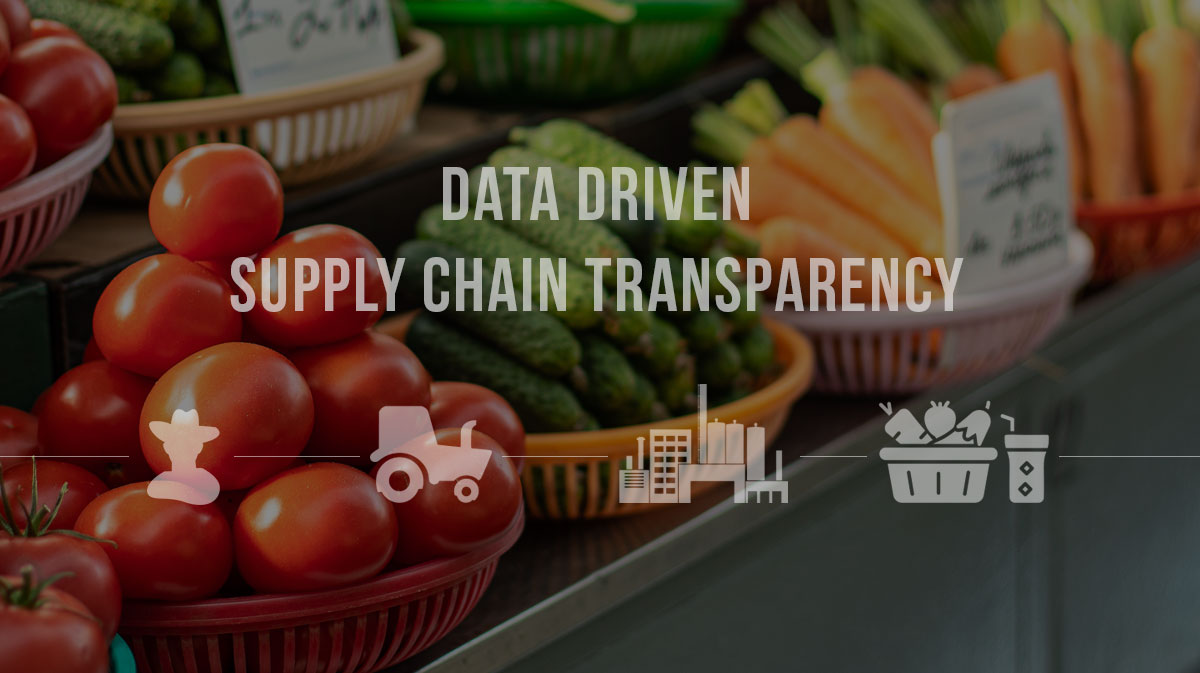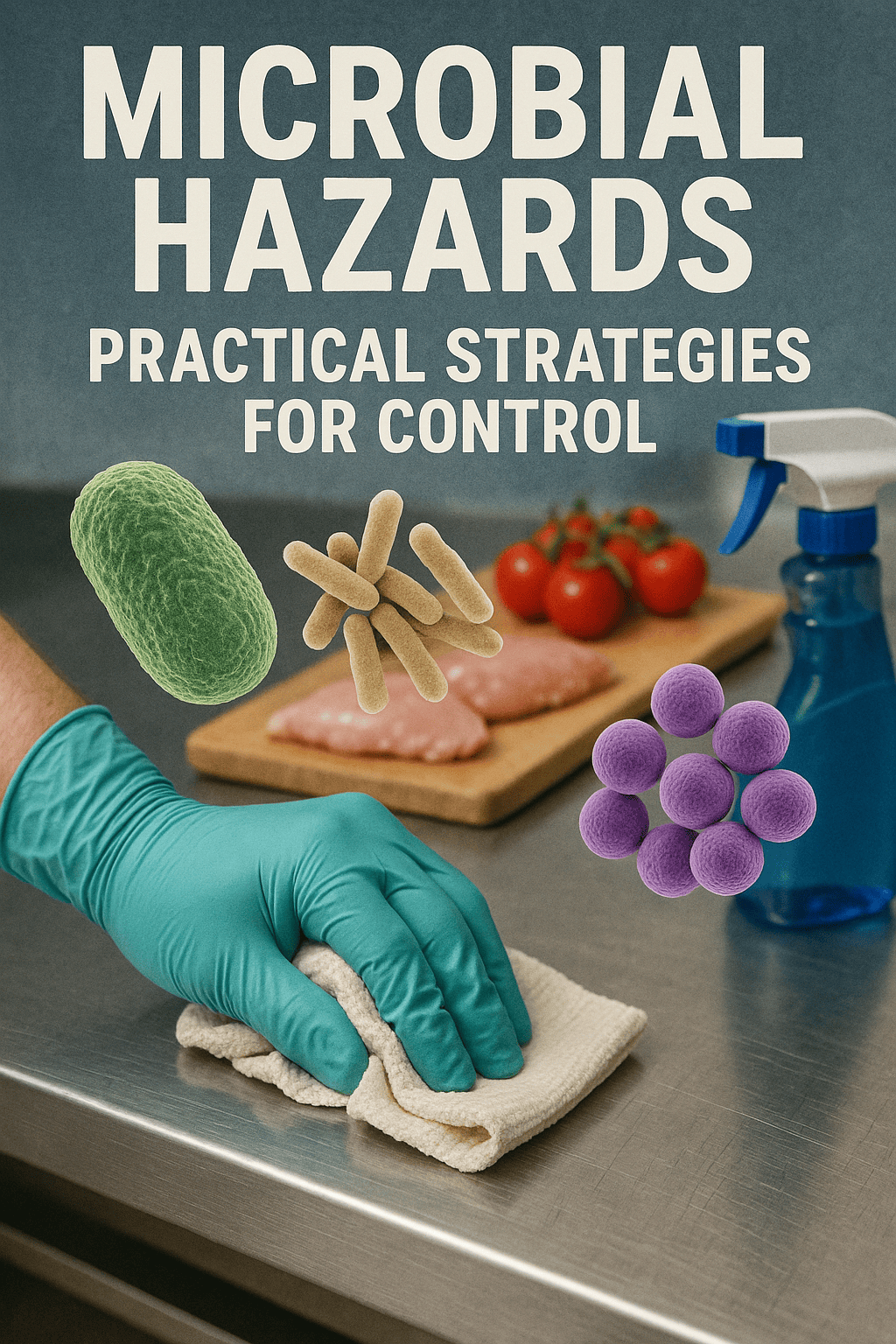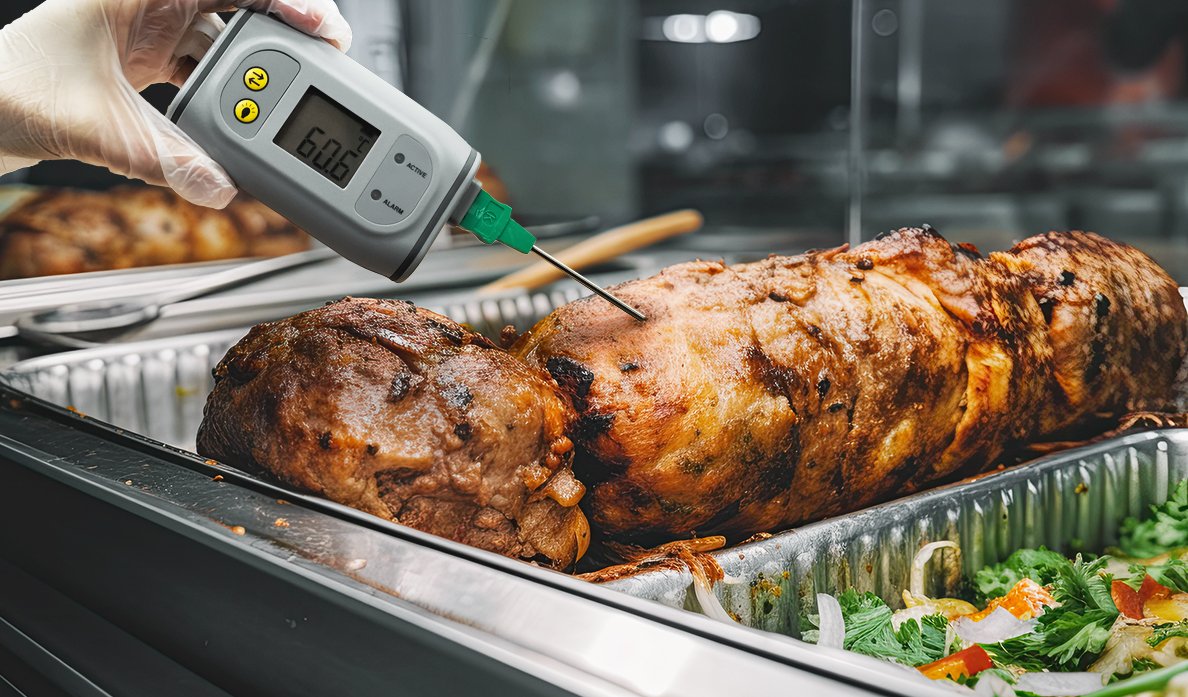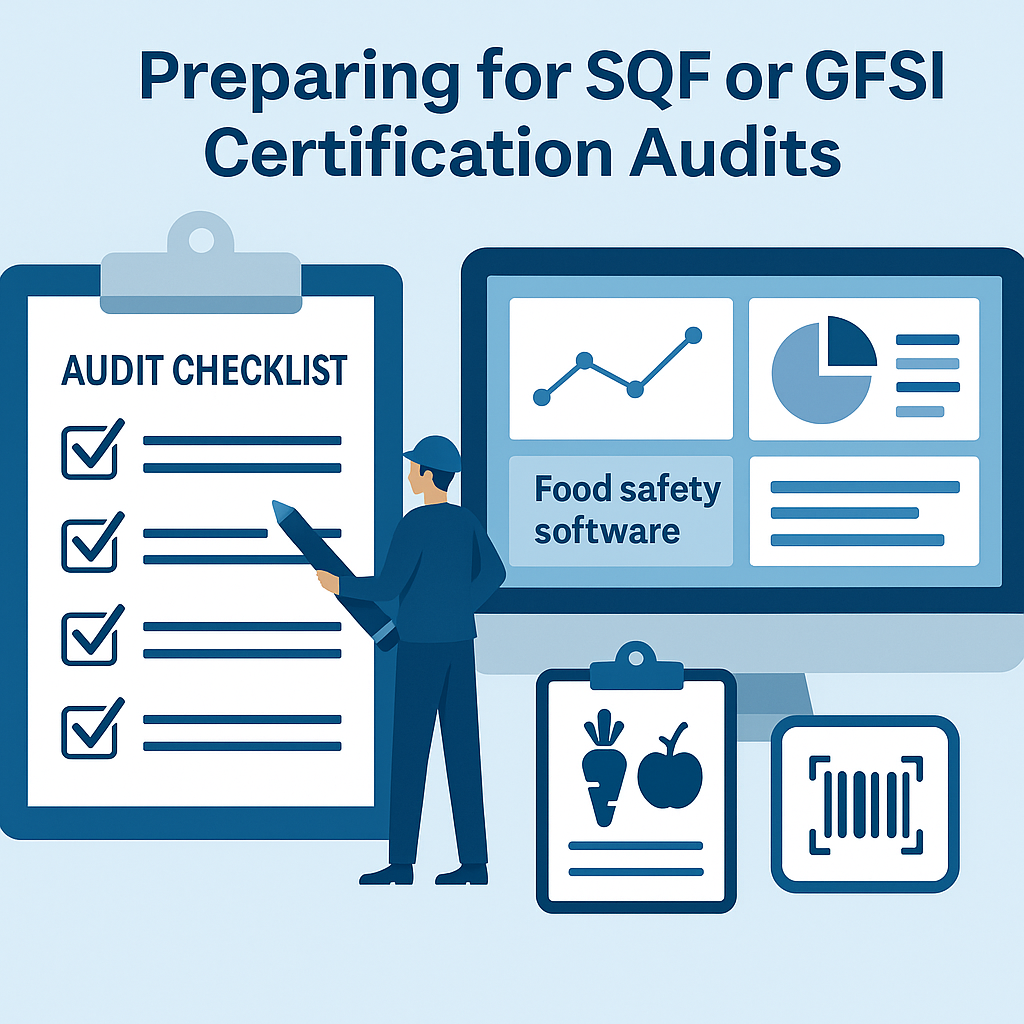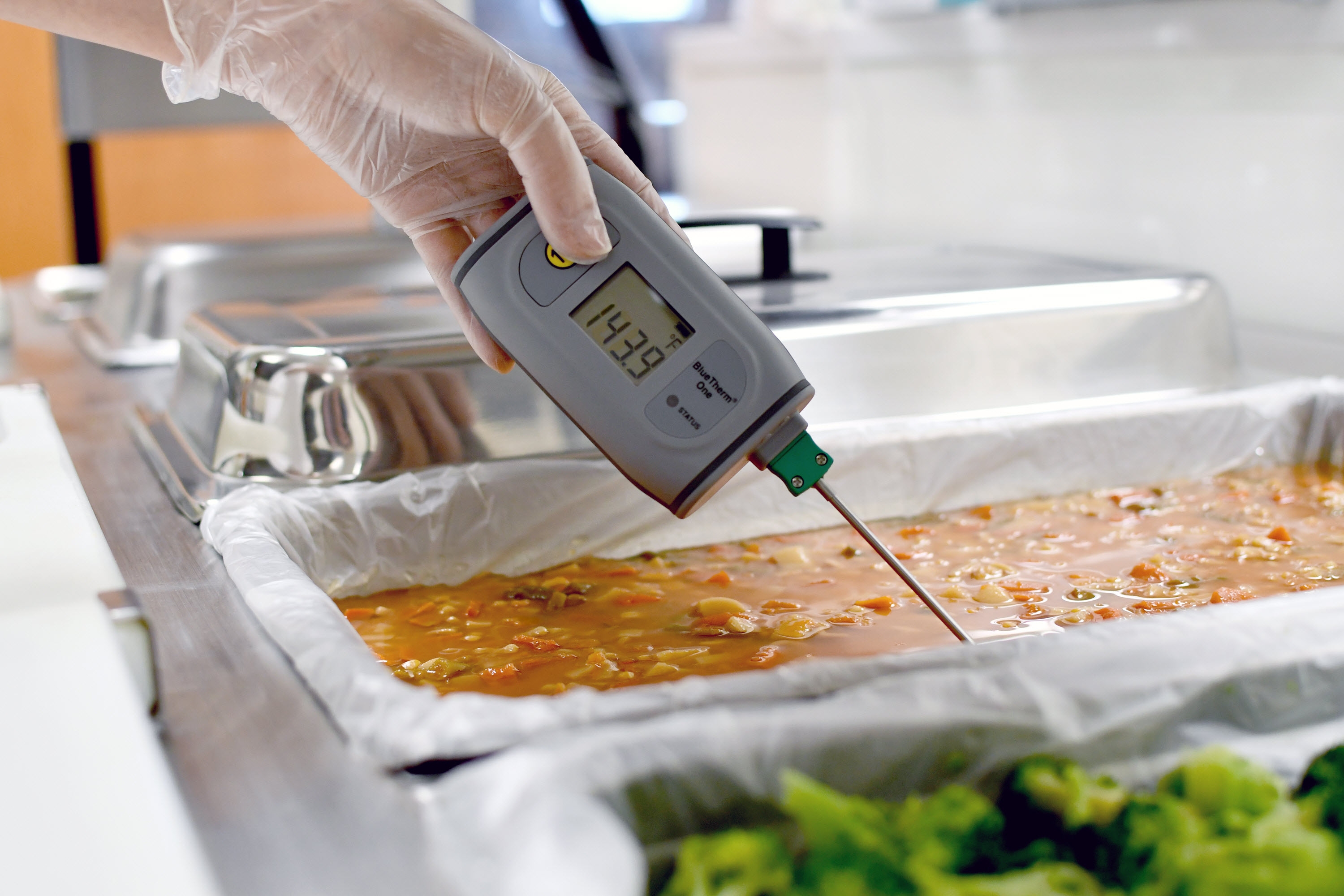In today's fast-paced world, the importance of food safety cannot be overstated. As the global food supply chain becomes increasingly complex, ensuring the safety and traceability of food products from farm to fork is more challenging than ever. The integration of technology into food safety and traceability systems has revolutionized the industry, providing unparalleled transparency, efficiency, and accuracy. This blog will delve into the critical role of technology in modern food safety and traceability, exploring the various tools and systems available, and offering a step-by-step approach to implementing these technologies in your operations.
Understanding Food Safety and Traceability
Food safety refers to the practices and conditions necessary to ensure that food is safe to eat, preventing foodborne illnesses and ensuring public health. This encompasses everything from proper handling, preparation, and storage of food to the implementation of standards and regulations.
Food traceability, on the other hand, involves the ability to track food products through all stages of production, processing, and distribution. It ensures that every step of the food supply chain is documented and can be traced back to its source, providing transparency and accountability.
The Impact of Technology on Food Safety
Technology has played a transformative role in enhancing food safety protocols. Here are some key areas where technology has made significant contributions:
-
Automated Monitoring Systems: Modern food safety software offers real-time monitoring of various parameters such as temperature, humidity, and contamination levels. These systems can automatically alert stakeholders to any deviations from the norm, allowing for immediate corrective actions.
-
Digital Record-Keeping: Gone are the days of manual logs and paper-based records. Digital platforms enable seamless documentation of safety checks, audits, and compliance records. This not only improves efficiency but also ensures data integrity and ease of access.
-
Predictive Analytics: Advanced algorithms and machine learning models can predict potential safety issues before they occur. By analyzing historical data, these systems can identify patterns and trends, enabling proactive measures to prevent foodborne outbreaks.
-
Blockchain Technology: Blockchain provides a tamper-proof and transparent ledger of all transactions within the food supply chain. This enhances traceability and ensures that any product can be traced back to its origin, verifying the authenticity and safety of the food.
The Role of Technology in Food Traceability
Food traceability software is a cornerstone of modern food safety management. It allows for the seamless tracking of food products from production to consumption, ensuring transparency and accountability at every step. Here’s how technology enhances traceability:
-
QR Codes and RFID Tags: These tools provide unique identifiers for food products, enabling easy tracking through the supply chain. Scanning a QR code or RFID tag provides instant access to information about the product’s origin, processing history, and distribution.
-
Centralized Databases: Cloud-based traceability systems offer centralized databases where all data related to the food supply chain is stored. This ensures that information is accessible in real-time, facilitating swift action in case of recalls or safety breaches.
-
Integration with IoT Devices: Internet of Things (IoT) devices, such as smart sensors and GPS trackers, provide real-time data on the conditions of food products during transport and storage. This data is integrated with traceability software to ensure continuous monitoring and reporting.
Step-by-Step Approach to Implementing Technology in Food Safety and Traceability
Implementing technology in food safety and traceability requires a systematic approach to ensure success. Here’s a step-by-step guide:
Step 1: Assess Your Current Systems
Begin by evaluating your current food safety and traceability practices. Identify areas where technology can bring improvements. Consider factors such as manual processes, data management challenges, and existing gaps in traceability.
Step 2: Define Your Objectives
Clearly define what you aim to achieve with the integration of technology. This could include improving efficiency, ensuring compliance, enhancing traceability, or reducing the risk of foodborne illnesses. Having clear objectives will guide your technology selection and implementation process.
Step 3: Choose the Right Technology
Select technology solutions that align with your objectives. For instance, if you aim to enhance traceability, consider investing in food traceability software that integrates with your existing systems. Evaluate different options based on their features, ease of use, scalability, and cost.
Step 4: Train Your Team
Ensure that your team is adequately trained to use the new technology. Provide comprehensive training sessions and resources to help them understand the system's functionalities and benefits. This will ensure smooth adoption and minimize resistance to change.
Step 5: Implement in Phases
Implement the technology in phases rather than a full-scale rollout. Start with a pilot phase to test the system's functionality and identify any issues. Gather feedback from your team and make necessary adjustments before expanding to other areas of your operations.
Step 6: Monitor and Evaluate
Continuously monitor the performance of the technology and evaluate its impact on your food safety and traceability practices. Use key performance indicators (KPIs) to measure success, such as reduction in food safety incidents, improved compliance rates, and enhanced traceability.
Step 7: Stay Updated
Technology is constantly evolving, and staying updated with the latest advancements is crucial. Regularly review and upgrade your systems to leverage new features and capabilities. This will ensure that your food safety and traceability practices remain robust and effective.
Examples of Technology in Action
Example 1: Blockchain in the Food Supply Chain
A leading food retailer implemented blockchain technology to enhance traceability within its supply chain. By using blockchain, the retailer was able to provide customers with detailed information about the origin and journey of their food products. This not only increased consumer trust but also improved the efficiency of recall processes. In case of a food safety issue, the affected products could be quickly identified and removed from shelves, minimizing the risk to consumers.
Example 2: IoT-Enabled Cold Chain Monitoring
A dairy company integrated IoT devices into its cold chain logistics to ensure the proper storage and transportation of perishable products. Smart sensors were placed in refrigerated trucks to monitor temperature and humidity levels in real-time. The data was transmitted to a central dashboard, where deviations from the desired conditions triggered instant alerts. This proactive approach ensured that the dairy products remained safe and fresh throughout the supply chain.
Example 3: Predictive Analytics for Food Safety
A food processing plant adopted predictive analytics to anticipate and prevent safety issues. By analyzing historical data on equipment performance and maintenance records, the plant's predictive analytics system identified patterns that indicated potential equipment failures. This allowed the maintenance team to address issues before they led to contamination or downtime, ensuring continuous and safe production.
The Future of Food Safety and Traceability
The integration of technology in food safety and traceability is still evolving, and the future holds exciting possibilities. Here are some trends to watch:
-
Artificial Intelligence (AI): AI will play a significant role in automating food safety inspections, predicting contamination risks, and optimizing supply chain logistics. AI-powered systems can analyze vast amounts of data to identify anomalies and recommend corrective actions.
-
Advanced Sensor Technology: New sensor technologies will provide even more accurate and real-time monitoring of food conditions. For example, biosensors can detect pathogens and contaminants at the molecular level, providing instant alerts and ensuring swift action.
-
Consumer-Facing Applications: Mobile apps and platforms that allow consumers to access detailed information about their food products will become more prevalent. These apps will provide transparency and build trust by enabling consumers to trace the journey of their food from farm to table.
Conclusion
Technology has undoubtedly transformed food safety and traceability, offering solutions that enhance efficiency, transparency, and accuracy. From blockchain and IoT devices to predictive analytics and AI, these tools are essential for modern food safety management. By following a systematic approach to implementing technology, food industry professionals can ensure that their operations are safe, compliant, and transparent.
If you're interested in seeing how technology can revolutionize your food safety and traceability practices, we invite you to explore our food safety software. Request a demo today to learn more about how our solutions can benefit your operations and ensure the highest standards of food safety.
Call to Action
Don't miss out on the opportunity to enhance your food safety and traceability practices with cutting-edge technology. Request a demo today and see how our solutions can transform your operations, ensuring the highest standards of safety, compliance, and efficiency.

